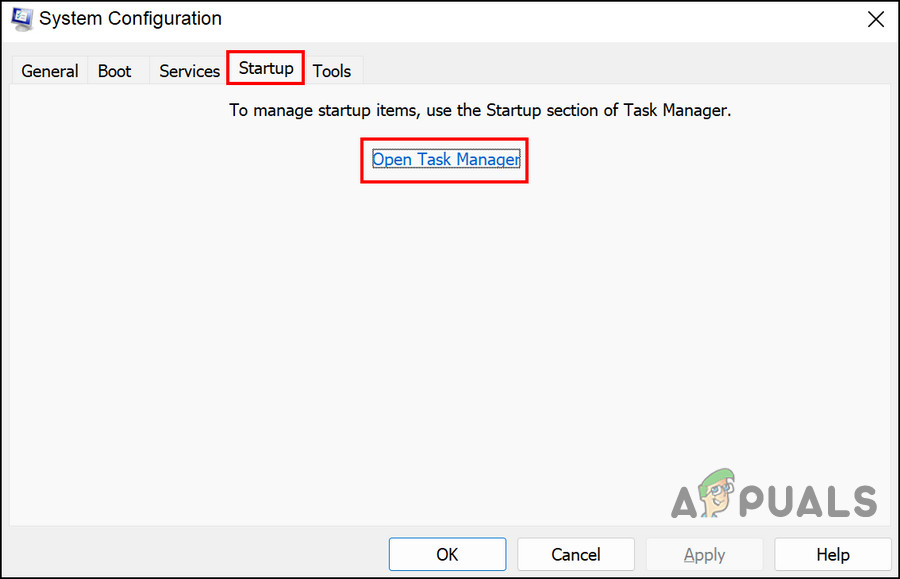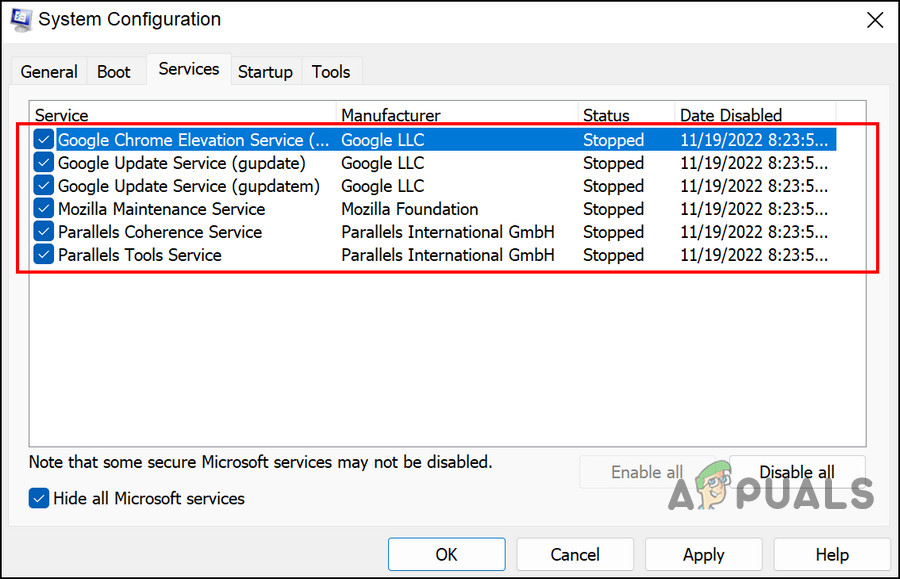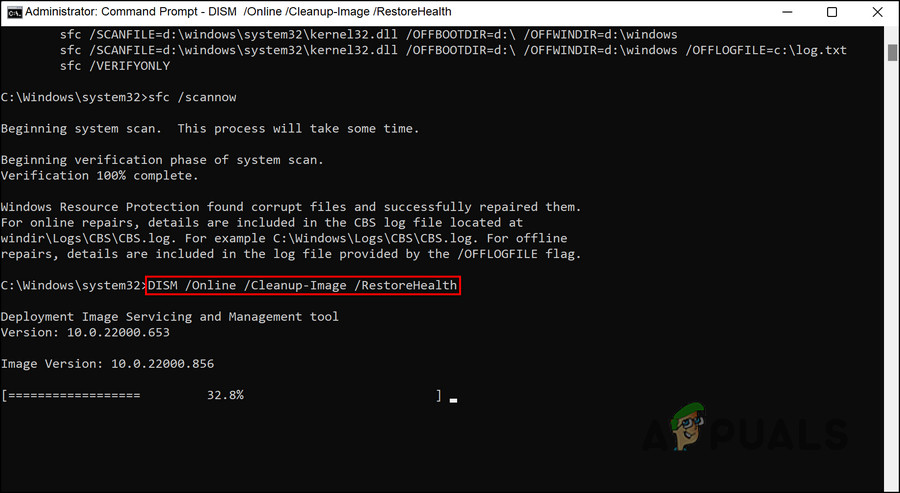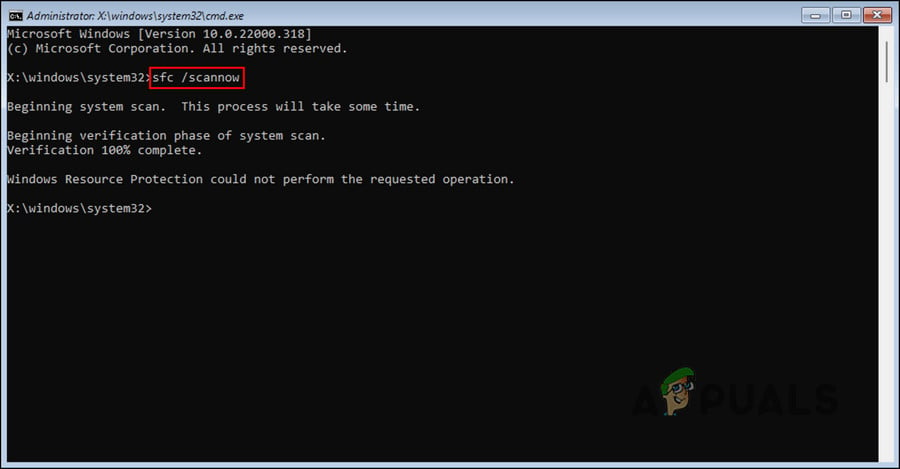Below, we take a look at the troubleshooting methods to try to fix the problem. In this article, we have discussed the solutions to both common problems related to the error; interfering Windows services and problematic power options. Proceed with the method that suits your situation the best.
1. Restart the Intel HD graphics Control Panel Service
Several users found that a service named Intel HD graphics Control Panel Service interferes with the Explorer’s processes when they reboot their computer or wake it up from sleep, resulting in the issue at hand. The easiest way to fix this problem is by restarting the service. This will get rid of any glitches within the services that might be causing the problem. Here is how you can restart the Intel HD graphics Control Panel service in Windows: You can now close the Services window and check if the issue is resolved. In case this service is not the culprit in your case, you can also check if any of the other services are problematic. For this, you will have to launch the Clean Boot state. This state launches the system with only the basic set of drivers and services. Once you are in the Clean boot state, you can enable the services one by one and then check which causes the issue as soon as it is enabled. Here is how you can proceed:
2. Restore the Default Power Options
If the underlying issue is not related to the services, then there is a chance that the issue is caused by a problem with the power options. If this scenario is applicable, then the first thing you can do is restore the default power options. Follow the steps below to proceed:
3. Run the Power Troubleshooter
Another way to fix issues with the power options is by running the power troubleshooter. This utility works by scanning the system for potential errors and then resolving the issues identified. We will be using a Run dialog to run the power troubleshooter. Here is all that you need to do:
4. Run DISM and SFC Scans
Corruption errors and bugs within the system can also prevent you from launching and using Explorer on Windows. The best way to identify any such corruption errors and then resolve them is by running the DISM and SFC utilities. There are both these tools available for free within the Windows operating system. DIM stands for Deployment Image Servicing and Management, which is a command-line tool that administrators use to fix corrupt system images. It deploys the original image from the internet without reinstalling Windows 10. Users can use this to fix errors they can’t fix conventionally. The System File Checker (SFC) controls file integrity and restores the health of your PC based on DISM’s image. Essentially, both tools work in tandem to resolve Windows PC issues. Here is how you can run both utilities: Once Command Prompt executes the command, restart your PC and check if the error appears again.
Fix: Windows 10 Phone Is Stuck in a Reboot LoopHow to Fix Taskbar Icons Missing After Reboot on Windows 11Microsoft’s December 2019 Patch Tuesday Update Is Causing Reboot Loop On Windows…How to Fix Reboot and Select Proper Boot Device










